Causes of Climate Change

Causes of Climate Change

Start » Our Causes » Tackling Climate Change and its Impacts » Causes of Climate Change
Acting against the negative impacts of human activities on the environment is the duty of society as a whole.
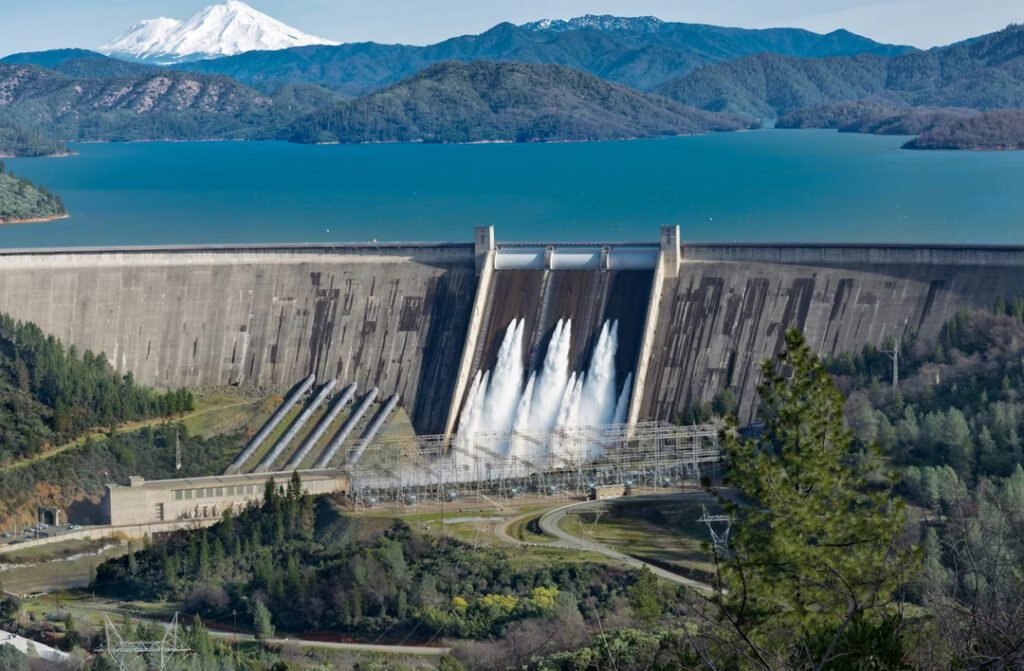
Generating Power
The generation of electricity and heat by burning fossil fuels accounts for a good portion of global GHG emissions, since most electricity is still generated by burning coal, oil, and gas, which produce carbon dioxide and nitrous oxide, powerful greenhouse gases that cover the planet and retain the heat of the sun. Worldwide, only a quarter of electricity is generated by renewable sources, which, unlike fossil fuels, emit little or no greenhouse gases or air pollutants.
Industrial Production
Factories and industries emit large amounts of greenhouse gases by burning fossil fuels to generate energy for the manufacture of cement, iron, steel, and a multitude of other products. Mining and other industrial processes also release a large amount of GHGs, as does the construction industry. Machines used in the manufacturing process often run on coal, oil, or gas, and some materials, such as plastics, are made with chemicals extracted from fossil fuels. The manufacturing industry is one of the largest contributors to greenhouse gas emissions in the world.
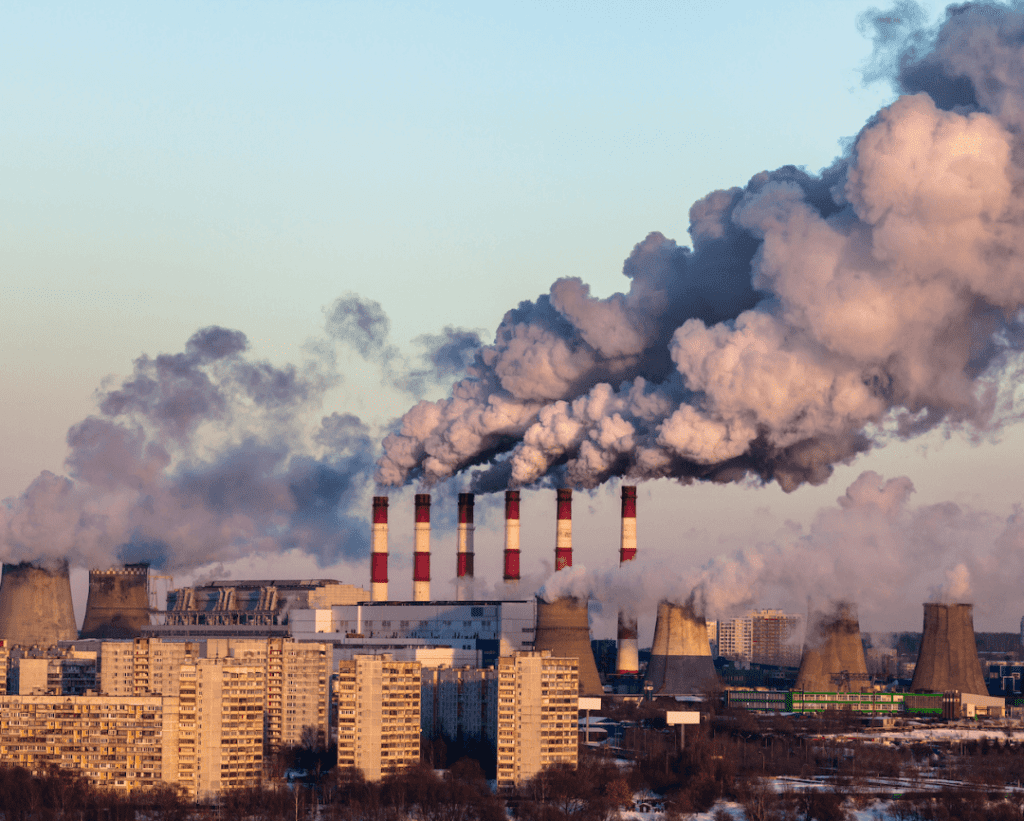
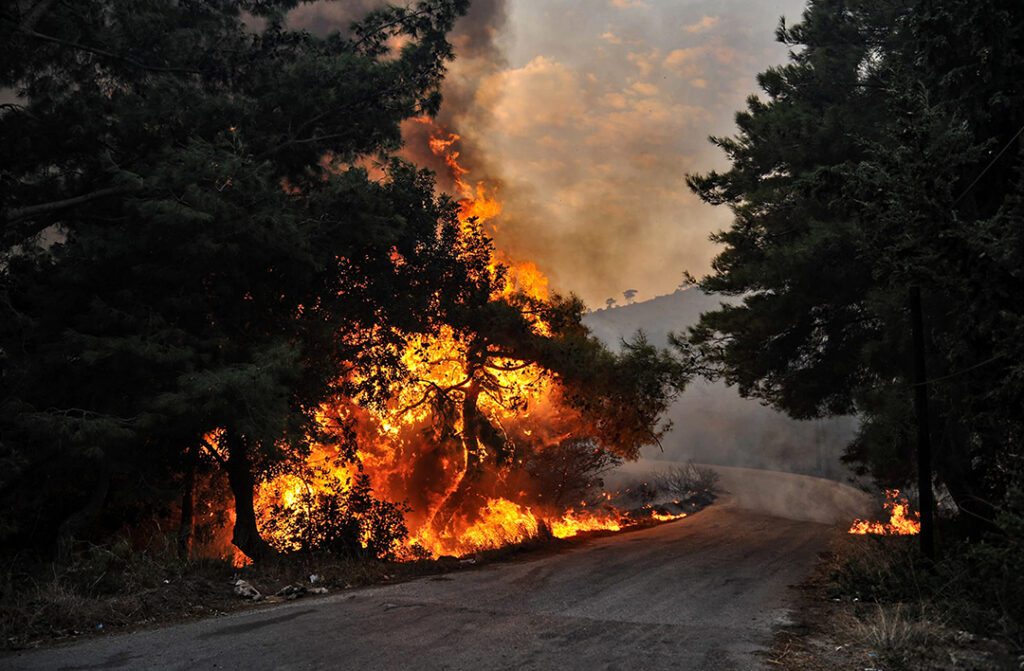
Burning and Cutting down Forests
Also called deforestation, cutting down forests is the total or partial suppression of trees, forests, and other vegetation in a given region, invariably for the development of economic activities. About 12 million hectares of forests are destroyed every year on the planet, causing CO2 emissions, since the trees, when cut or burned, release the carbon they were storing. Furthermore, because forests absorb carbon dioxide, destroying them also limits nature's ability to keep emissions out of the atmosphere. Deforestation and fires, as well as the irrational use of natural resources, are responsible for about a quarter of global greenhouse gas emissions.
Transportation
Most cars, trucks, ships, and airplanes are still powered by fossil fuels. This makes transportation a major contributor to greenhouse gas emissions, especially carbon dioxide emissions. Road vehicles account for the largest share, but they are being replaced by zero-emission vehicles, yet emissions from ships and airplanes continue to grow. Transportation accounts for nearly a quarter of global energy-related carbon dioxide emissions, and trends point to a significant increase in energy use due to rising transportation demand over the next few years.
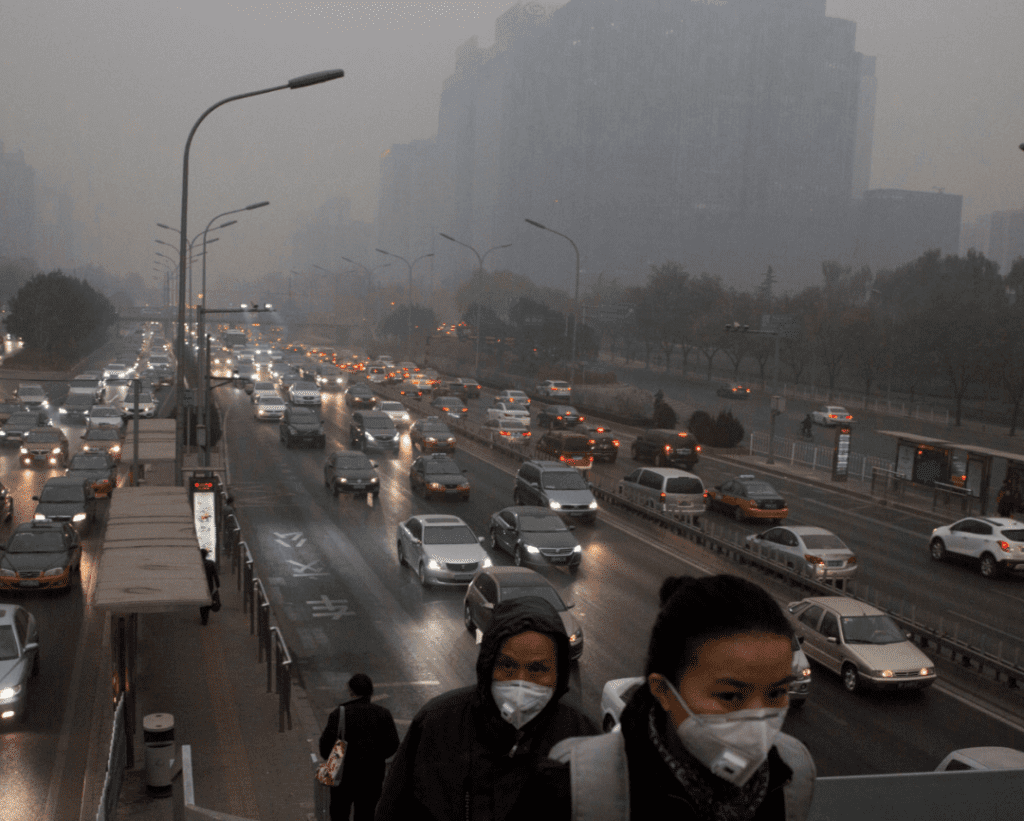
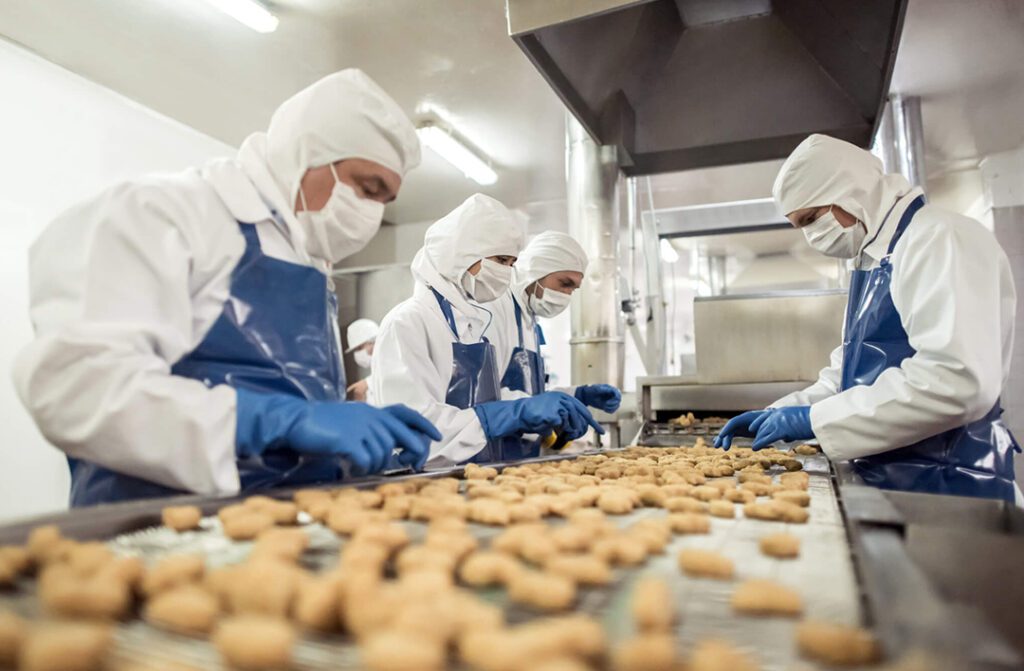
Producing Food
Global food production systems are responsible for more than one-third of greenhouse gas emissions caused by human activities worldwide, according to a study by the Food and Agriculture Organization of the United Nations (FAO). Food production generates emissions of carbon dioxide (CO2), methane (CH4), and other greenhouse gases when considering the entire production, processing, and supply chain - land use for production and related factors (changes in land use, including deforestation and land clearing for agriculture and grazing), food processing, refrigeration, and distribution, energy use, fertilizers, packaging, and other inputs. All this makes food production a major contributor to climate change.
Powering Buildings
Worldwide, buildings for residential and commercial use consume more than half of all electricity generated. Most of these buildings still use fossil fuel-powered heating and cooling systems, emitting significant amounts of greenhouse gases. The energy inefficiency of buildings, the increased use of cooling and heating appliances, and the growing use of electro-electronic equipment have contributed to intensive energy use, demanding electricity generated from highly polluting sources, and contributing to an increase in carbon dioxide emissions from buildings in recent years.


Excessive Consumption
The planet ran into a natural resource deficit in 1970. The annual overexploitation of natural resources has long since exceeded what the world can renew in a year. A large share of global greenhouse gas emissions is associated with the consumption of goods and services (including public ones) and of natural resources. Its indiscriminate consumption puts pressure on water supply, sanitation and urban cleaning services, such as the collection, disposal and treatment of municipal solid waste, as well as on the environment's ability to meet the needs of the current generation without compromising the ability of future generations to meet their needs. Our lifestyles (carbon footprint) have a profound impact on our planet. The richest have the greatest responsibility: 1% of the richest portion of the global population accounts for more greenhouse gas emissions than the poorest 50%.



With anthropic actions as the protagonist, the causes of climate change are intrinsically associated with the increase in greenhouse gas emissions, generated by the burning of fossil fuels, deforestation and forest fires, decomposition of waste, overexploitation of natural resources, and production related to energy systems, industry, transportation, buildings, food, agriculture, and forestry.